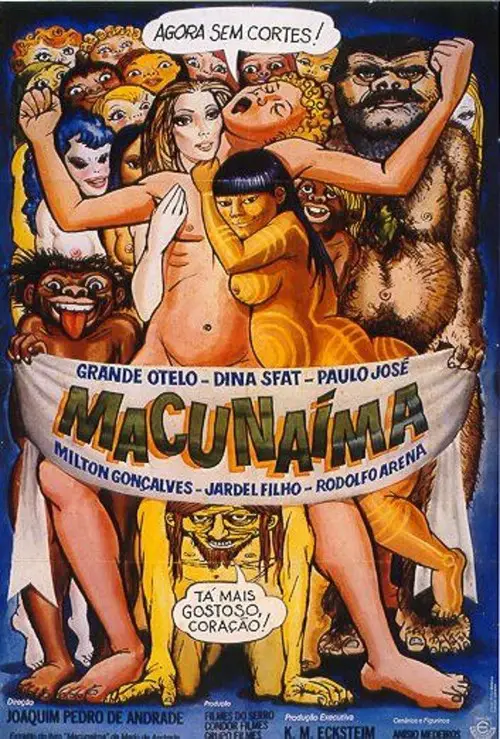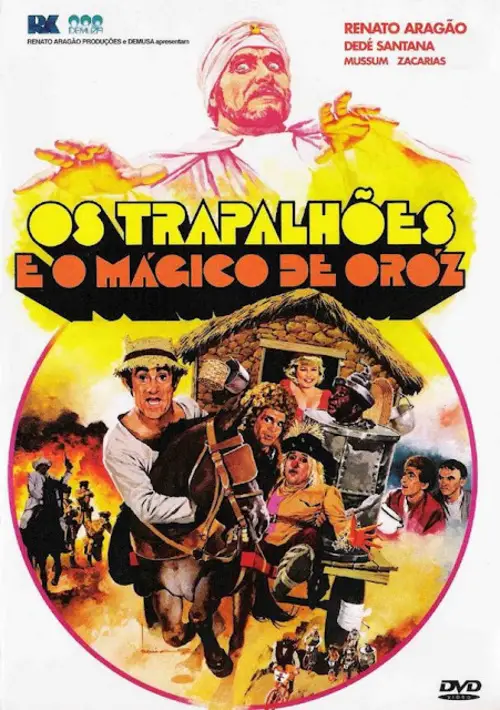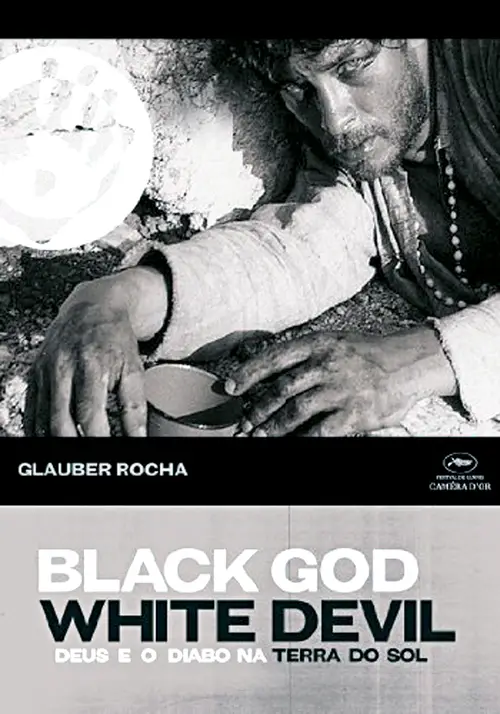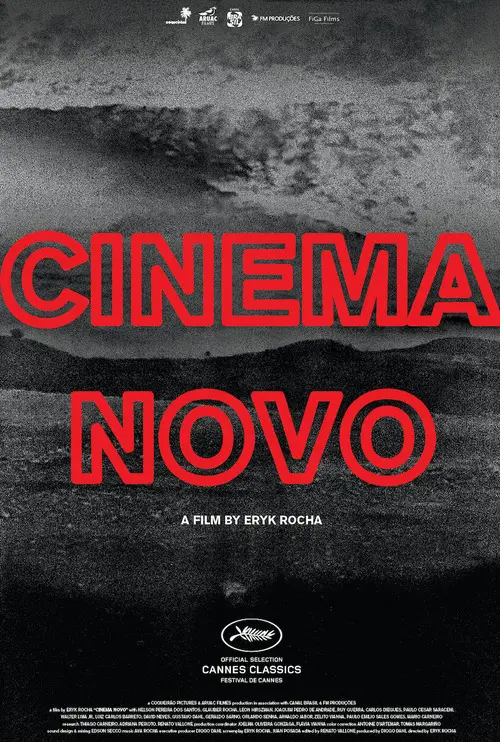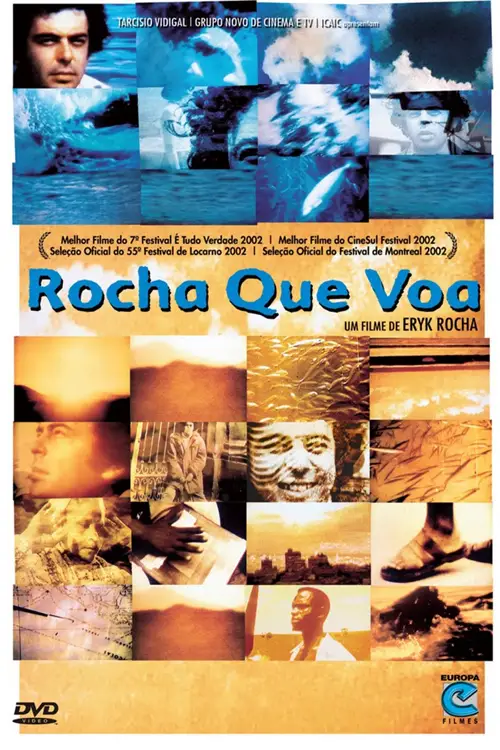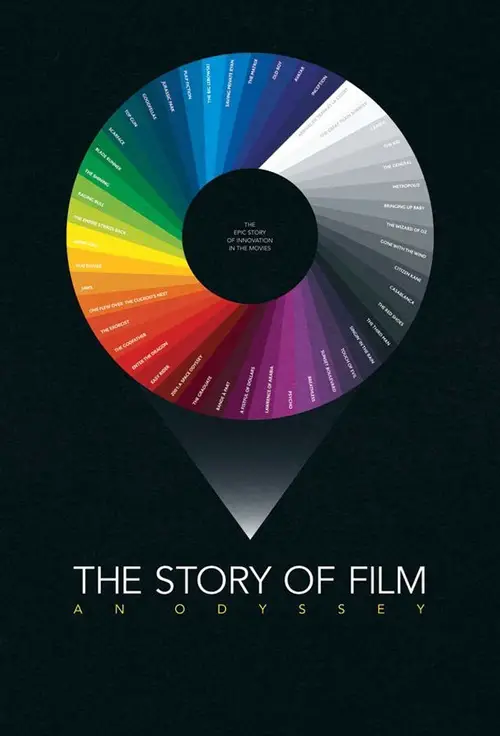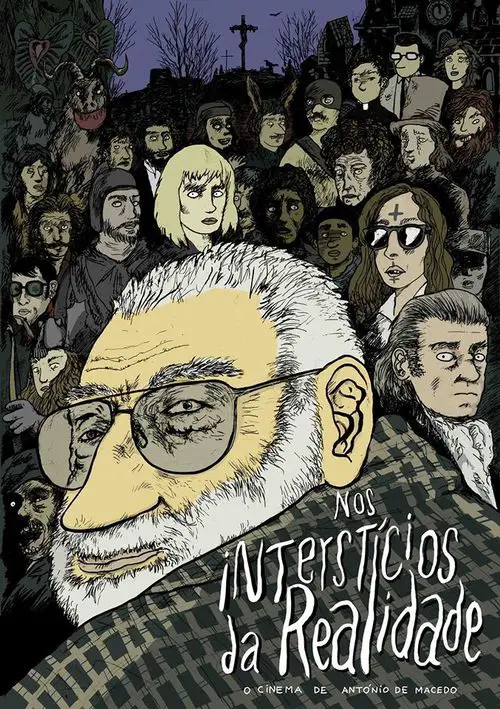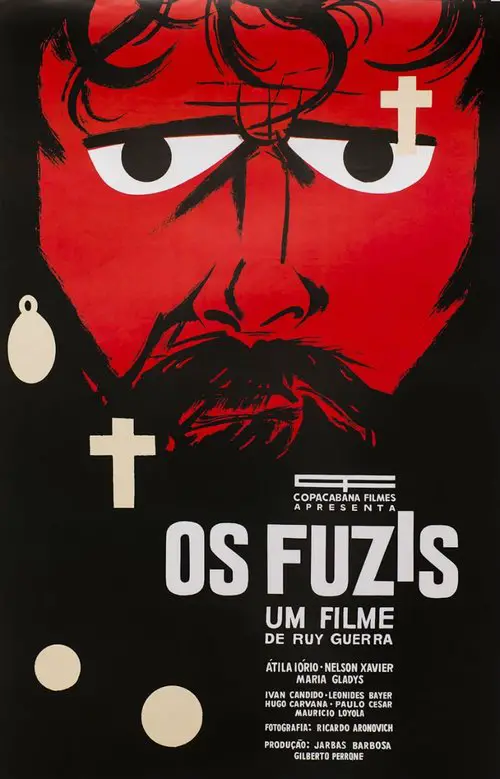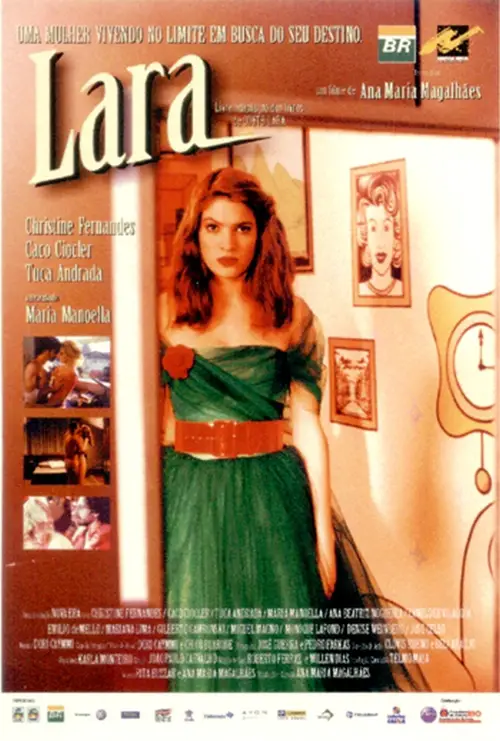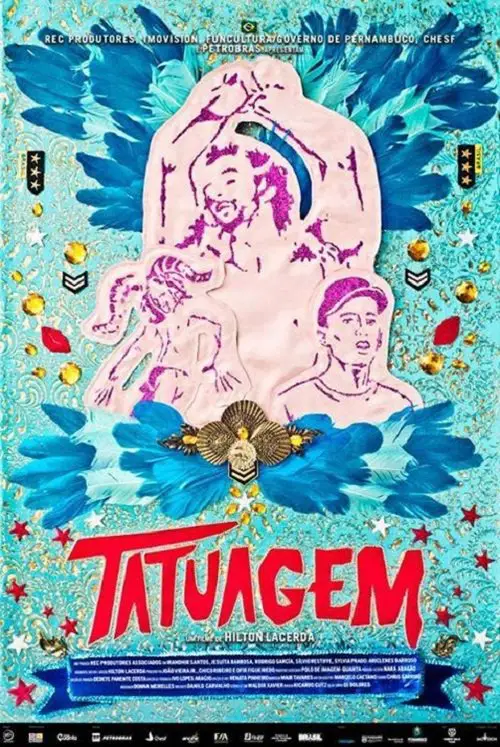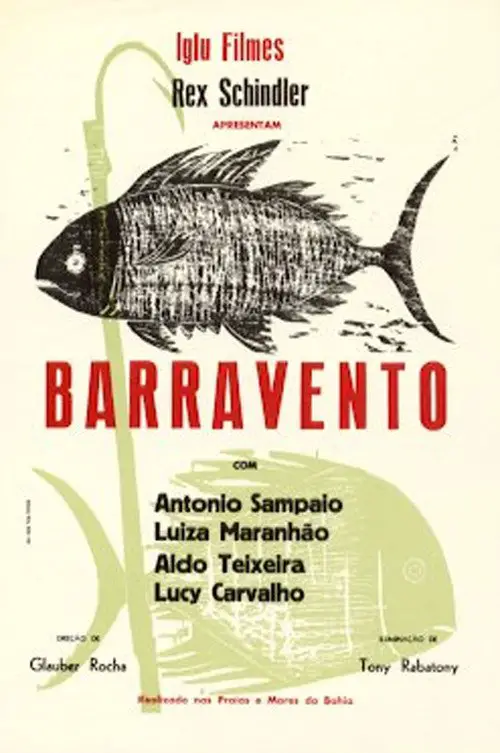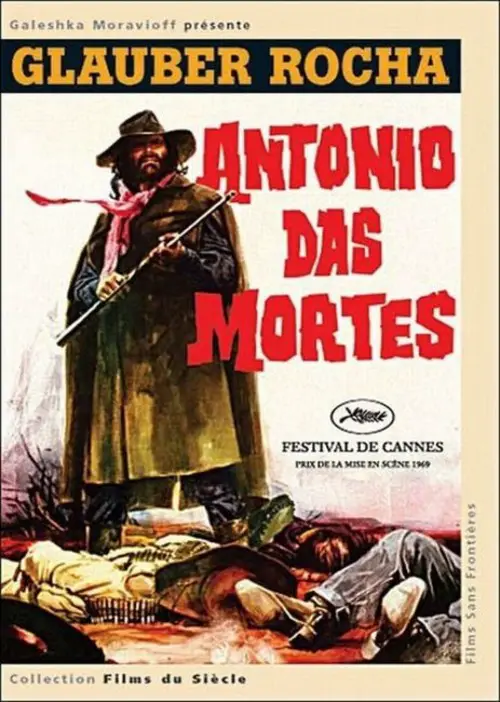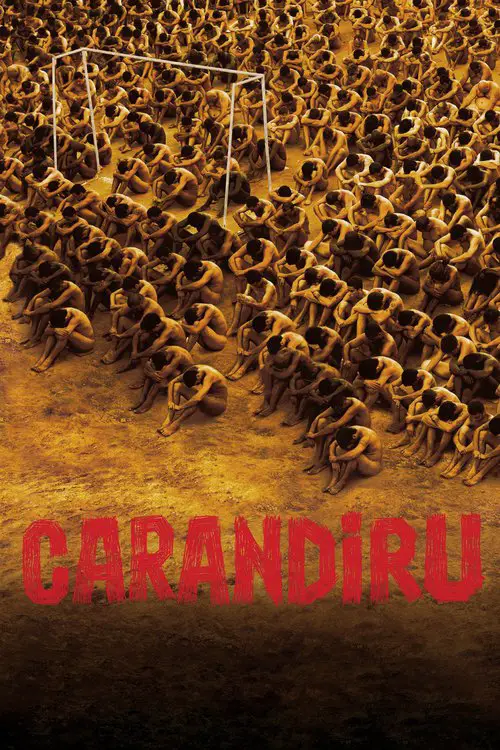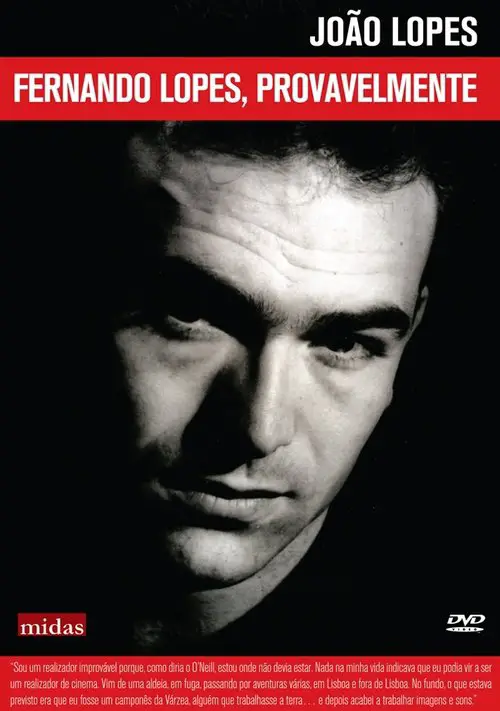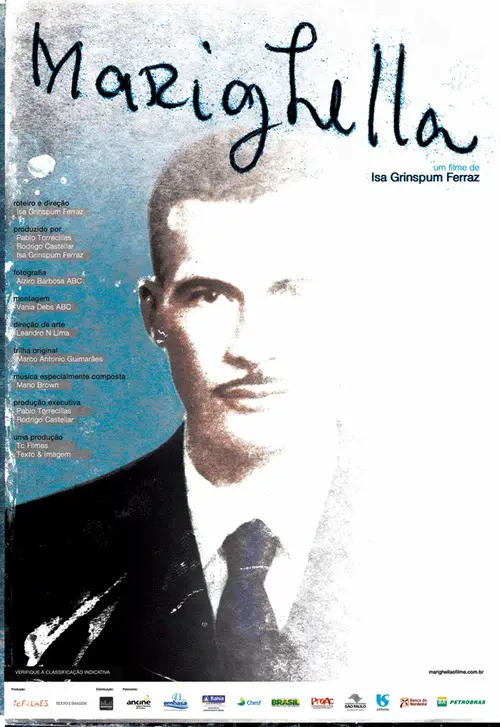How Tasty Was My Little Frenchman (1971)
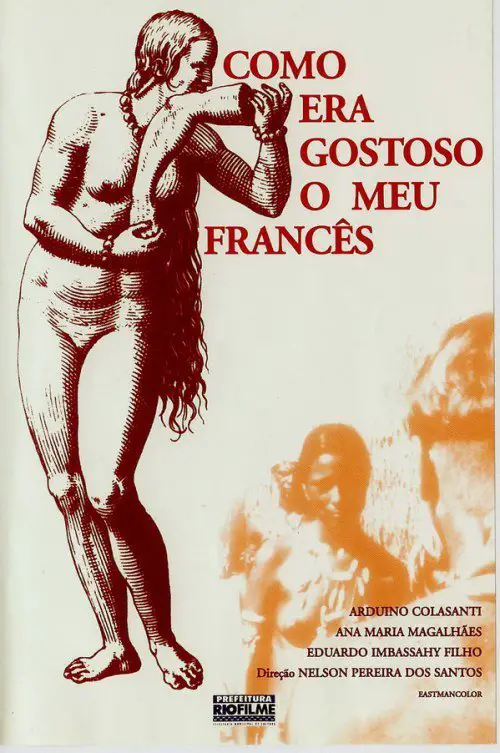
Similar movies
MacunaÃma is a lazy anti-hero born black in Amazonas. After the death of his mother, he moves with his two brothers to Rio de Janeiro, but along his journey, he baths in a fountain and becomes Caucasian. Once in Rio, he incidentally meets the killer guerrilla woman Ci, who wears an amulet made of stone, and they fall in love for each other. They live together and a couple of months later, Ci delivers a black baby. While carrying a bomb for a terrorist attack in the stroller, the bomb explodes and Ci and the baby die, and the amulet vanishes. A very strong man finds the stone and MacunaÃma tries to recover it. In the end, he returns to the jungle.
Despairing at the lack of food and poverty in the Northeast, friends Didi, serum and Armadillo to leave town. On the way, find a Scarecrow who wants to have a left brain. Following, they discover the Tin Man, whose problem is the lack of a heart. Together they come to the city of Oroz, battered by drought and the tyranny of Colonel Ferreira, on which the Delegate Leo did not take any action because it is cowardly.
CINEMA NOVO is a movie-essay that investigates poetically the most important movement of Latin America cinema, through the thoughts of its main auteurs: Nelson Pereira dos Santos, Glauber Rocha, Leon Hirszman, Joaquim Pedro de Andrade, Ruy Guerra, Walter Lima Jr., Paulo César Saraceni, among others.
The Story of Film: An Odyssey, written and directed by award-winning film-maker Mark Cousins, is the story of international cinema told through the history of cinematic innovation. Five years in the making, The Story of Film: An Odyssey covers six continents and 12 decades, showing how film-makers are influenced both by the historical events of their times, and by each other. It provides a worldwide guided tour of the greatest movies ever made; an epic tale that starts in nickelodeons and ends as a multi-billion-dollar globalised digital industry. Described as a love letter to the movies, Cousins visits the key sites in the history of cinema; from Hollywood to Mumbai; from Hitchcock s London to the village where Pather Panchali was shot, and features interviews with legendary filmmakers and actors including Stanley Donen, Kyoko Kagawa, Gus van Sant, Lars Von Trier, Claire Denis, Bernardo Bertolucci, Robert Towne, Jane Campion and Claudia Cardinale.
Antonio of the Death is a "cangaceiros" killer. Cangaceiro is the local name for a popular leader. Antonio is hired to kill the one who seems to be the last one in the Pirahna's Valley. This man is being followed by a strange woman who is considered a Saint. Once Antonio has killed the Cangaceiro, he changes his way of thinking when listening to the Saint's words.
Film based on real life experiences of doctor Drauzio Varella inside dreadful State penitentiary Carandiru, in São Paulo, Brazil, while he was doing a social work of Aids prevention. There he found hundreds of convicts living under degrading conditions. The situation came to a climax in 1992, when in order to smother a rebellion, police force killed 111 men.
Biggest name left militancy in Brazil '60s, Carlos Marighella served in the main political events in Brazil between 1930 and 1969 and was considered the # 1 enemy of the Brazilian military dictatorship. Communist leader victim of prison and torture, parliamentarian, author of the world translated "Manual of the Urban Guerrilla," his life was a great act of strength and courage. Directed by his niece Isa Grinspum Ferraz, the feature Marighella is a historic building and affective this man who dedicated his life to thinking about Brazil and transform it through its action.
© Valossa 2015–2025
| Privacy Policy
